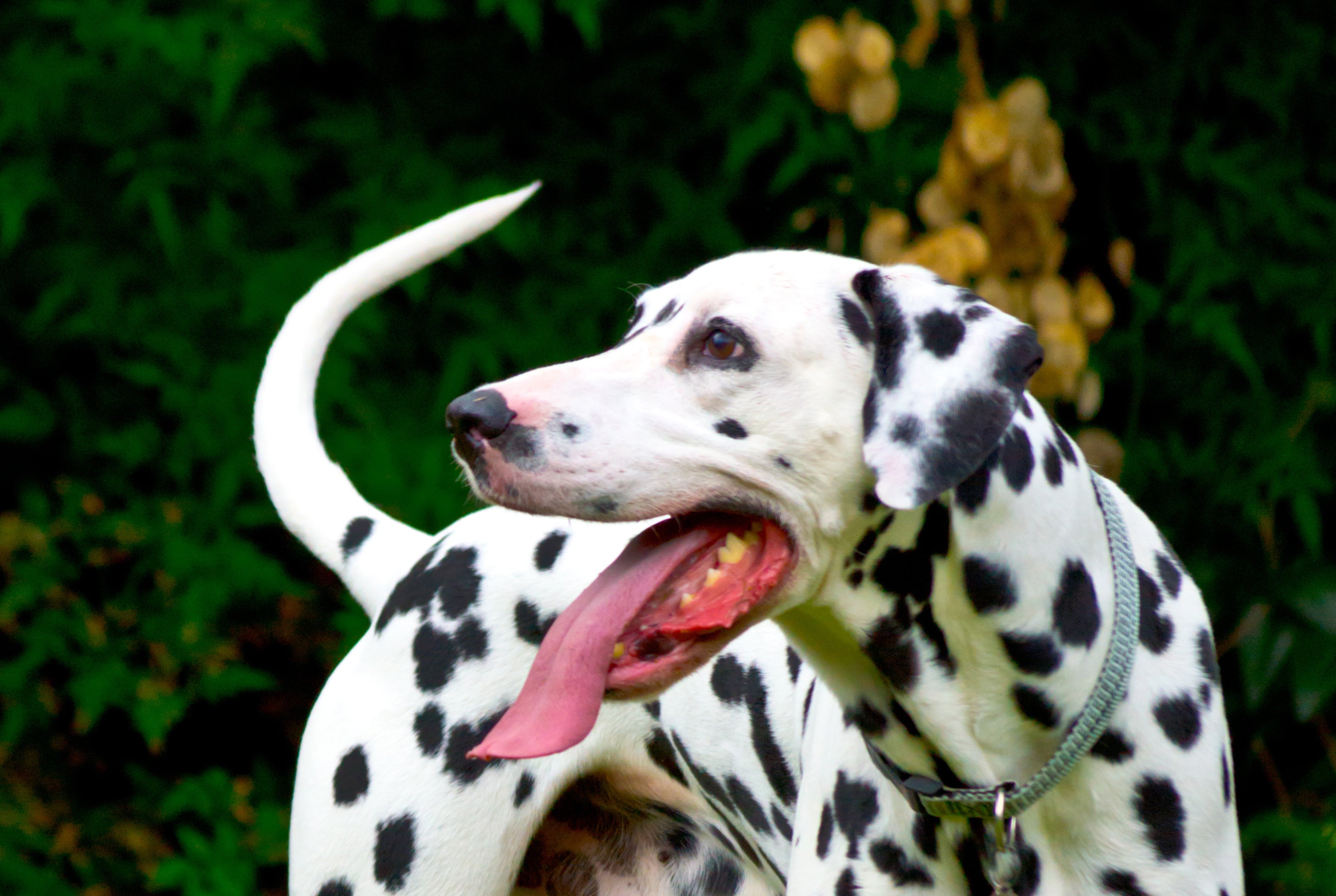
As any dog owner knows, there are a few surefire ways to cue a pup’s wagging tail: arriving home from work, picking up their favorite toy or uttering the word “outside.” But why do dogs wag their tail? Is it only because they are happy? It turns out that the answer is complex.
Tail-wagging is “clearly a communication mechanism,” says animal behaviorist Nicholas Dodman, a professor emeritus at Tufts University and head of the Center for Canine Behavior Studies. In most cases, “a wagging tail is akin to waving a white flag of surrender—that is, ‘I’m happy to see you and present no threat,’” he says.
But dogs use their tail to communicate more than happiness—both to humans and other dogs. An upright tail can imply dominance, a horizontal tail can hint at neutrality and a low tail can mean submission, Dodman says. Frantic wagging implies excitement, whereas slow wagging suggests ambivalence. Dogs can also have “helicopter tail,” or “circle wag,” which is when their tail goes around like a helicopter blade—a sign of extreme joy, he says.
On supporting science journalism
If you’re enjoying this article, consider supporting our award-winning journalism by subscribing. By purchasing a subscription you are helping to ensure the future of impactful stories about the discoveries and ideas shaping our world today.
Dogs have only very limited vocalizations—growls, whines and barks—so they communicate with body language, Dodman notes. In addition to their tail, dogs use other body parts to send signals. For example, they may retract their lips, pull back their ears, take a hunched or erect body posture, or roll over in submission, he says.
Veterinary physiologist Federica Pirrone at Italy’s University of Milan suggests that tail-wagging in dogs is similar to gesturing during human speech, “something I, being Italian, am especially attuned to,” she says.
Wagging tails are visible at a distance, which allows dogs to communicate with other…
Read the full article here






